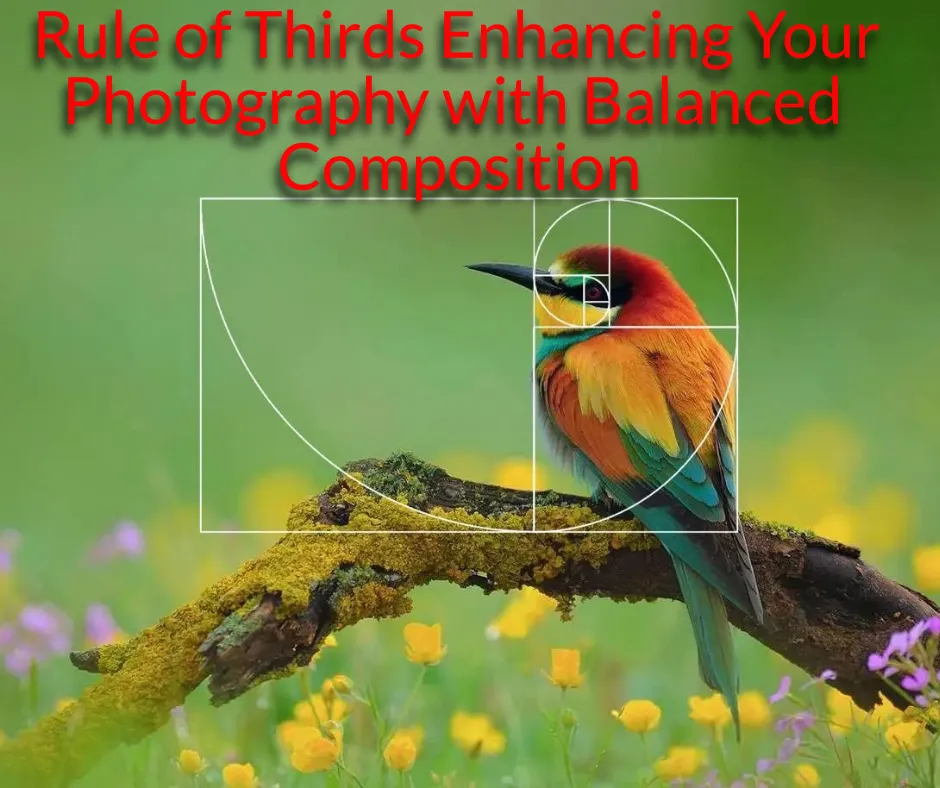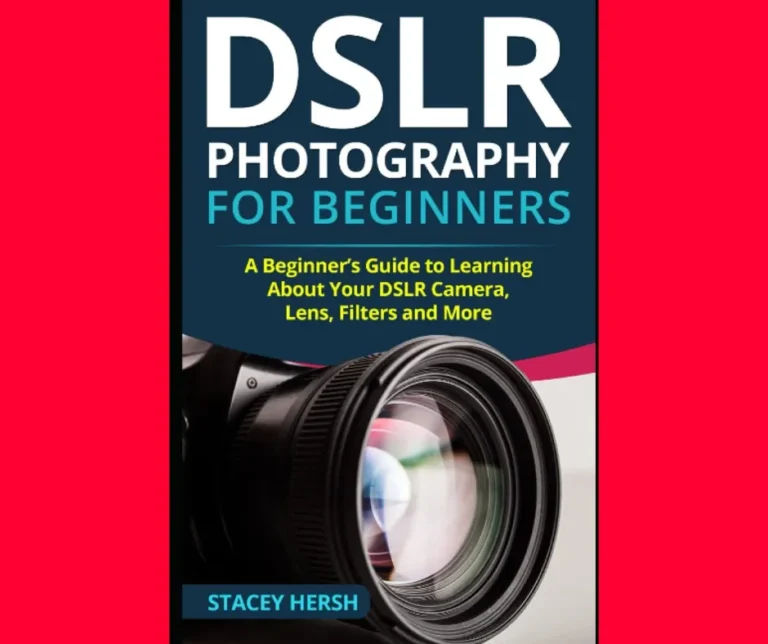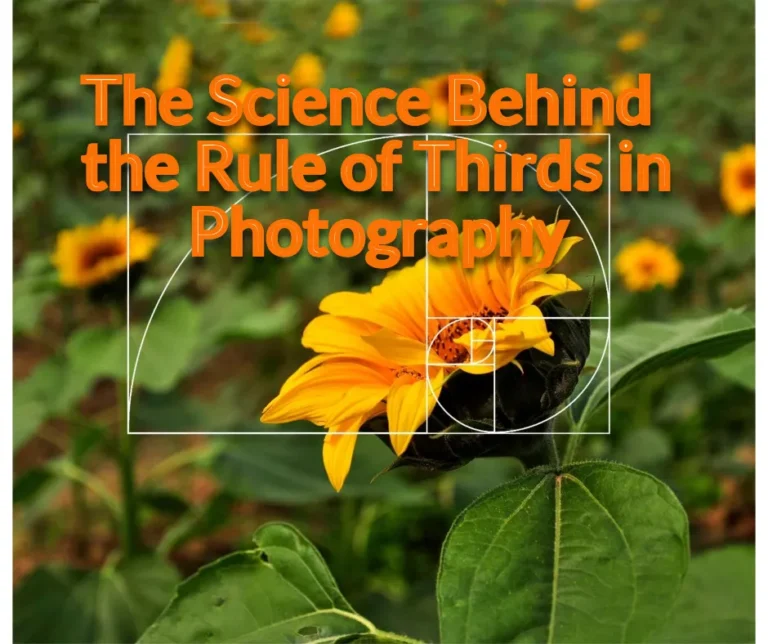Rule of Thirds: Enhancing Your Photography with Balanced Composition
Photography is a powerful form of visual art that has the ability to capture a moment in time and evoke emotions in its viewers.
While technical skills such as lighting and camera settings are important, the composition of an image plays a crucial role in creating a visually stunning photograph.
One of the key principles of composition in photography is known as the “Rule of Thirds.
” This principle suggests that by dividing an image into thirds both horizontally and vertically, and placing the subject or points of interest at the intersections of these lines, the resulting image will be more balanced and visually appealing.
In this article, we will delve deeper into the concept of the Rule of Thirds and how it can enhance your photography by creating a sense of balance and harmony in your compositions.
We will also explore various techniques and tips for effectively implementing this rule in your photography, regardless of the subject or style.
So whether you’re a beginner looking to improve your skills or a seasoned photographer wanting to add more depth to your images, read on to discover how the Rule of Thirds can take your photography to the next level.
Guiding viewers with visual balance
When it comes to creating visually pleasing and impactful compositions in photography, understanding and implementing the concept of visual balance is essential.
Visual balance refers to the distribution of elements within a photograph in a way that creates a sense of harmony and equilibrium.
By strategically placing objects, subjects, and negative space, photographers can guide the viewer’s eyes and evoke a sense of order and stability.
Achieving visual balance requires considering factors such as the size, shape, color, and placement of elements within the frame.
It is a powerful tool that can enhance the overall impact and effectiveness of a photograph, captivating viewers and drawing them deeper into the visual narrative.
Utilizing the power of thirds
In the world of photography, one technique that photographers often utilize to enhance their compositions and create balanced visuals is the power of thirds.
This technique involves dividing the frame into a grid of nine equal parts by intersecting two vertical lines and two horizontal lines.
By strategically placing key elements of the composition along these gridlines or at the points of intersection, photographers can create a sense of balance, harmony, and visual interest.
By adhering to this principle, photographers can guide the viewer’s eye and create a more dynamic and engaging image.
The power of thirds is a valuable tool in the photographer’s arsenal, allowing them to elevate their photography and capture compelling visuals that resonate with their audience.
Creating depth and interest
When it comes to capturing captivating photographs, creating depth and interest is an essential aspect of composition.
By incorporating various elements such as leading lines, foreground/background interaction, and layering, photographers can add depth and dimension to their images.
Leading lines, whether they are straight or curved, can guide the viewer’s gaze through the image, leading to a more immersive experience.
Moreover, by paying attention to the interaction between the foreground and background, photographers can create a sense of depth that adds visual interest.
Additionally, layering elements within the frame adds complexity and depth to the composition, allowing viewers to explore different elements within the image.
By consciously considering these techniques, photographers can elevate their work and produce visually compelling photographs that captivate and engage their audience.
Experimenting with off-center subjects
In addition to the techniques mentioned above, another effective way to enhance your photography with balanced composition is by experimenting with off-center subjects.
By intentionally placing your subject away from the center of the frame, you can create a sense of tension, intrigue, and visual interest.
This technique can add a dynamic element to your photographs, breaking away from traditional and symmetrical compositions.
By placing your subject off-center, you can also utilize negative space to create a sense of balance and harmony within the frame.
This approach allows the viewer’s eye to explore the entire image, leading to a more engaging and visually compelling photograph.
By mastering the skill of off-center subjects, you can further enhance your photography and create captivating images that leave a lasting impact on your audience.
Mastering the rule of thirds
One fundamental principle that can significantly enhance your photography with balanced composition is the rule of thirds.
This rule divides your frame into nine equal sections by two horizontal and two vertical lines, creating a grid-like structure.
By aligning your subject along these gridlines or at the intersections, you can create a visually appealing and well-balanced composition.
Placing your subject off-center allows for a more dynamic and engaging image, drawing the viewer’s attention and creating a natural flow within the frame.
The rule of thirds also encourages you to consider the background and foreground elements, ensuring that they complement and support your subject rather than overpowering it.
By mastering the rule of thirds, you can effectively create visually striking and harmonious photographs that captivate your audience.
Utilizing the rule of thirds in photography can greatly enhance the composition of your photos, creating a more balanced and visually appealing image.
By understanding how to properly use the rule of thirds, you can take your photography to the next level and capture stunning images that will stand out from the crowd.
So next time you’re framing a shot, remember to keep the rule of thirds in mind and see the difference it can make in your photography.
With practice and experimentation, you can master this technique and elevate your photography skills to new heights.
FAQ
What is the rule of thirds in photography and how does it enhance composition?
The rule of thirds in photography is a compositional guideline that suggests dividing an image into nine equal parts using two horizontal and two vertical lines.
The key elements of the photo should then be placed along these lines or at their intersections.
By doing so, the rule of thirds helps to create a balanced and visually pleasing composition.
It adds interest and creates a sense of movement, as the viewer’s eyes are naturally drawn to the points of intersection.
This technique also allows for effective placement of subjects, leading lines, and negative space, resulting in a more dynamic and engaging photograph.
How can photographers use the rule of thirds to create more balanced and visually appealing images?
Photographers can use the rule of thirds by mentally dividing the image into nine equal parts using two horizontal and two vertical lines.
By placing the main subject or points of interest along these lines or at their intersections, photographers can create a more balanced and visually appealing composition.
This technique helps to avoid placing the subject in the center of the frame, which can often result in a less dynamic image.
Instead, it encourages the photographer to consider different perspectives and create a sense of movement and balance within the frame, ultimately enhancing the overall impact of the photograph.
Are there any exceptions or variations to the rule of thirds that photographers can experiment with?
Yes, photographers can experiment with variations and exceptions to the rule of thirds.
While the rule of thirds is a widely used guideline for composition, it is not an absolute rule.
Photographers can explore alternative composition techniques such as centering the subject, using asymmetry, or employing other grids like the golden ratio.
These variations can add visual interest and create unique compositions.
Ultimately, the rule of thirds is a tool that photographers can choose to follow or deviate from based on their creative vision and intent.
Can you provide some practical tips or techniques for applying the rule of thirds in different types of photography, such as landscapes or portraits?
When it comes to applying the rule of thirds in different types of photography, there are a few practical tips and techniques to keep in mind.
For landscapes, try placing the horizon on one of the horizontal lines to create a balanced composition.
Use the gridlines to align key elements, such as trees or mountains, along the intersecting points.
In portraits, position the subject’s eyes along one of the vertical lines to create a more engaging composition.
Experiment with the placement of other elements, such as props or background elements, to create depth and balance within the frame.
Remember, the rule of thirds is a guideline, not a strict rule.
Feel free to experiment and adapt it to your creative vision.
How does the rule of thirds relate to other composition techniques, such as leading lines or symmetry, and how can they be combined effectively?
The rule of thirds, leading lines, and symmetry are all composition techniques that can be combined effectively to create visually appealing and balanced images.
The rule of thirds helps to divide the frame into nine equal parts, allowing the photographer to place key elements along the intersecting lines or at their intersections.
Leading lines, on the other hand, guide the viewer’s eye towards the main subject of the photograph.
Symmetry creates a sense of balance and harmony by mirroring elements across the frame.
By utilizing these techniques together, photographers can create powerful compositions that draw the viewer’s attention, guide their gaze, and create a sense of balance and visual interest in the image.







